For years, we lived just a stone's throw from Antequera, yet there always seemed to be something "more important" or "more attractive" on the map to visit. Finally, we made it 🙌🏻... Our visit was brief, just a few hours, but the experience was as enriching as our trips to other bigger, well-known places in Andalusia. Antequera is a beautiful city with a fascinating history and numerous landmarks. You could spend hours winding through its streets...
History of Antequera
The geographic depression where Antequera sits made it a transit and settlement spot for various primitive communities on the Iberian Peninsula, starting from the Middle Paleolithic period. However, it was the Bronze Age that left us with significant prehistoric relics like the famous Menga, Viera & El Romeral- dolmen complex, dating back to 2500-2000 BC. HERE 👉🏻
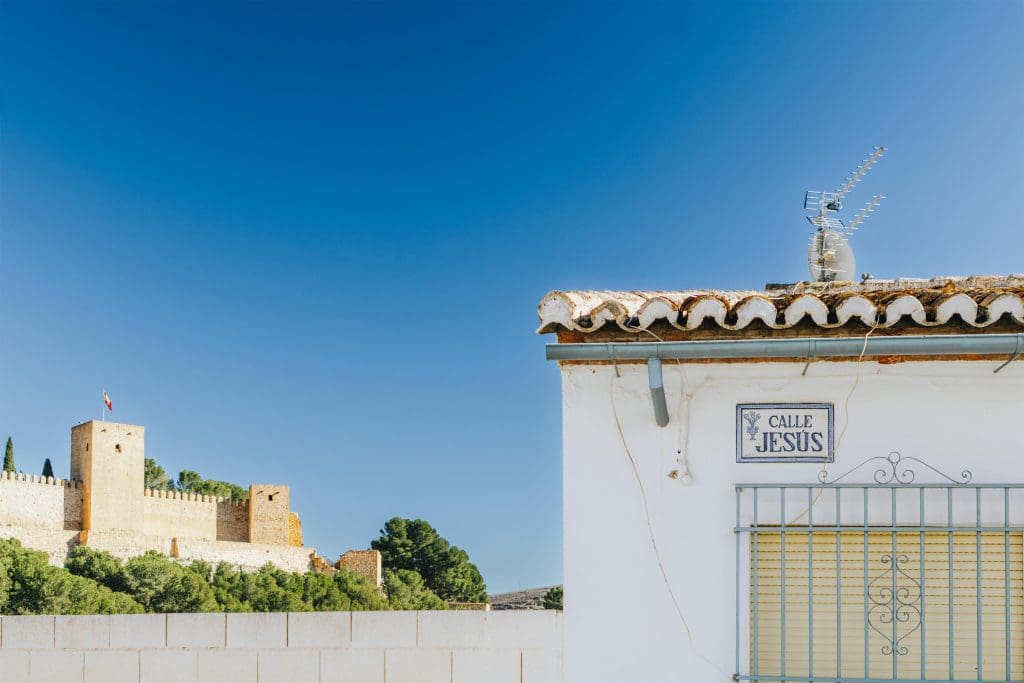
Perched on a limestone hill, the Moorish fortress of Alcazaba of Antequera was initially a fortified settlement founded by the Iberians, which over the centuries turned into the Roman Anticaria.
Recently, remnants of this Roman city were discovered around the Alcazaba and are now visible to visitors.
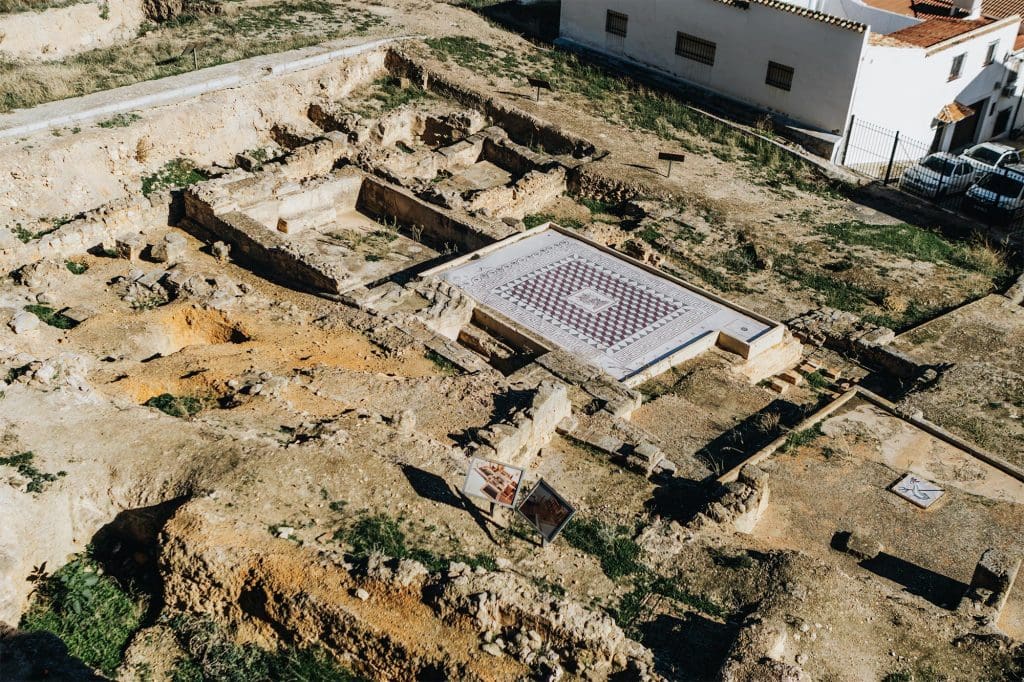
Antequera under Arab rule was known as Medina Antaqira.
From the mid-13th century, Antaqira began to gain importance as a frontier military fortress. During the Reconquista, Castilian monarchs understood its strategic value as the key to conquering Granada, thus repeatedly attempting to conquer it.
Ostatecznie 16 września 1410 r. zdobył ją książę Don Fernando “El de Antequera”… tłum. Don Fernando – Ten z Antequery…
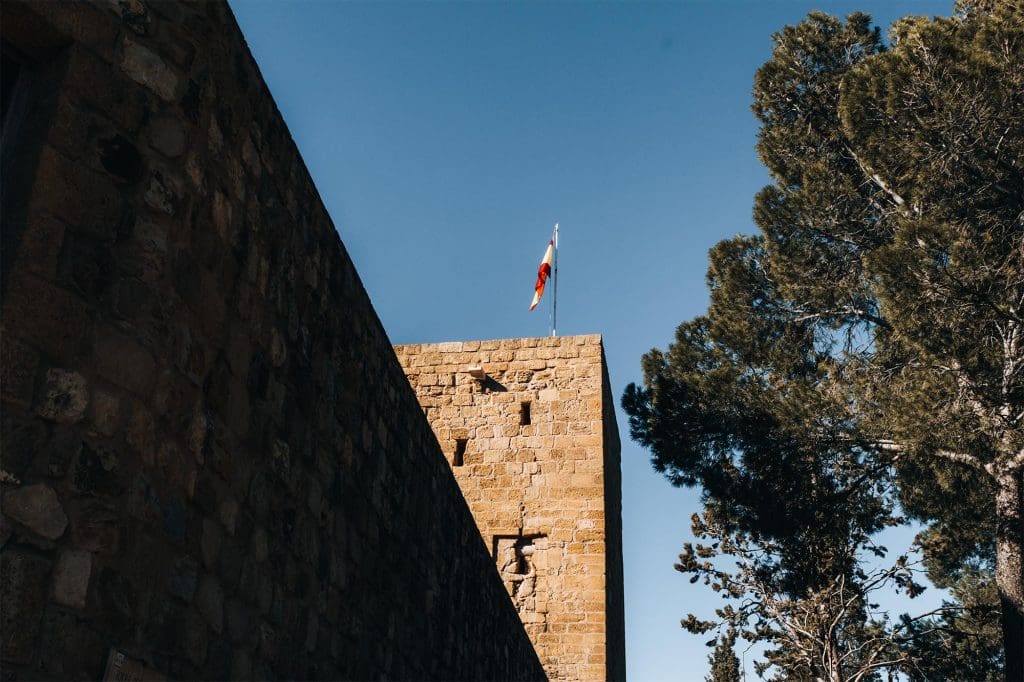
In the 16th century, Antequera became one of the most important cities in Andalusia, due to its strategic location in the center of the region, where the main roads connecting the Malaga with Cordoba & Grenada with Seville - four largest cities in the andalusian autonomous community.
Over centuries, the city accumulated a rich cultural heritage, becoming a hub of historical architectural flourishing. Churches such as San Sebastian, San Juan Bautista, San Pedro, San Isidro, and Santa María de la Esperanza were built during this period. Monasteries like San Zoilo, San Agustín, El Carmen, and La Encarnación started raising their monumental walls, reflecting the building frenzy of those times.
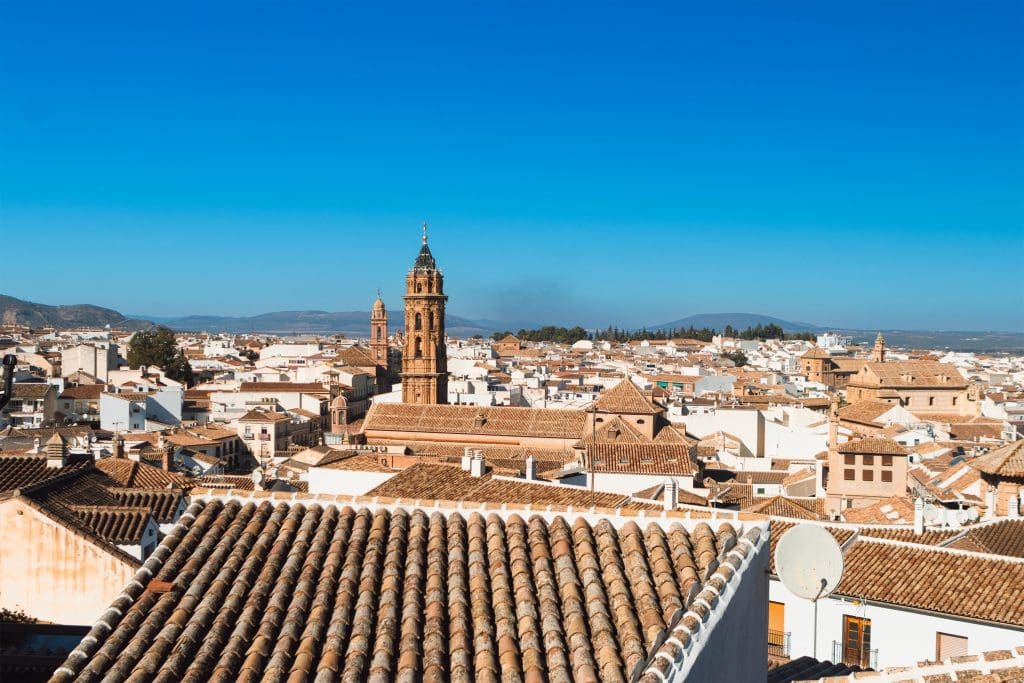
In addition to religious buildings, significant civilian buildings were built, including Edificio Municipal, Arco de los Gigantes, Templete del Castillo del Papabellotas and Casa del Cabildo de la Plaza Alta. Artistically, the 17th century in Antequera was dominated by Mannerism and Baroque, which became the city's leading aesthetic styles. Churches were also built Trinidad, Loreto (Jesuits) and Santo Domingo, and work has begun in the Belén, San Juan de Dios & Los Remedios… quite a lot of it :)... Between the 17th and 18th centuries, one of the most distinctive monuments of the Precerian Baroque was created: Tower of the Colegiata de San Sebastián.
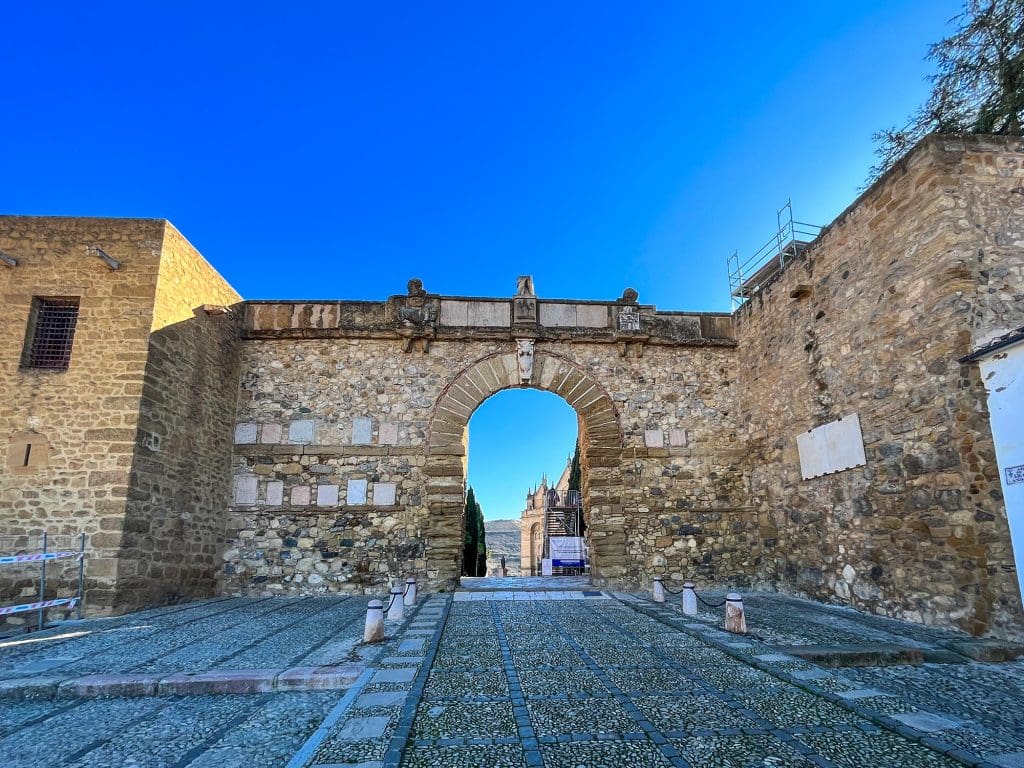
In the 18th century, being an important agricultural, artisan, and trade center, Antequera experienced its golden age. The development of a local artistic school, supported by the church's demand for art, resulted in the export of works to neighboring communities in the provinces of Cordoba, Seville, and Malaga. During this time, numerous palaces and residences were also built, such as the palace of the Marquis of Villadarias, the Count of Pinofiel, the Count of Colchado, the Count of Valdellano, and the Baron of Sabasona.
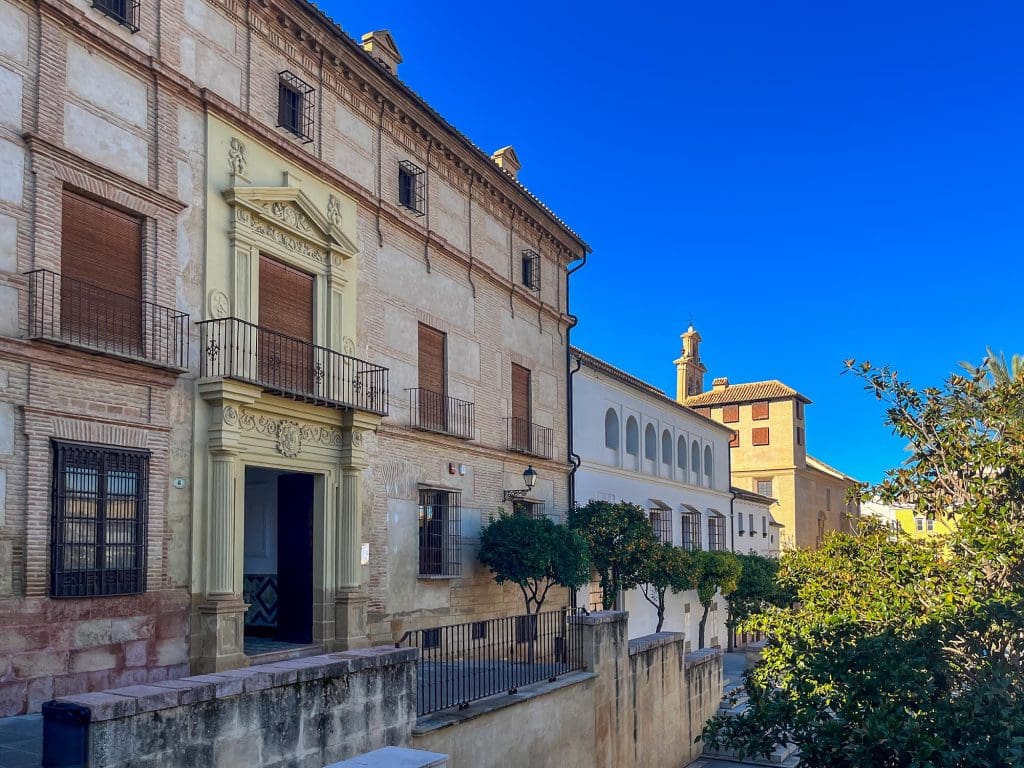
The 19th century brought challenges to the city with the outbreak of yellow fever. Sacred art began to decline, giving way to academicism in civil architecture, characterized by bourgeois and eclectic styles. After the civil war, the city faced tough economic and social decline. The 1960s brought strong emigration, significantly weakening the city's demographic and economic potential.
Today, thanks to its strategic communicative location with four airports within an hour's drive and a railway line to the port of Algeciras, Antequera is becoming a key logistics infrastructure hub. The development of several business parks and the new Andalusian Logistics Center heralds a new chapter in the city's history, signaling its revival as an important economic center of the region.
Key Landmarks in Antequera. What to See?
- Dolmens of Antequera A complex of megalithic tombs, is listed as a UNESCO World Heritage site. These include the Dolmen de Menga, Dolmen de Viera, and Tholos de El Romeral.
- Alcazaba of Antequera A majestic medieval fortress that towers over the city, offering spectacular views of the surrounding area. Built by the Moors, it was an important defensive point.
- Real Colegiata de Santa María la Mayor The first collegiate church in Andalusia, built in the Renaissance style. Its construction began in 1514 and offers beautiful examples of religious architecture.
- Iglesia del Carmen A church built in the 17th century, known for its Baroque facade and richly decorated interior.
- Arco de los Gigantes A large arch built in 1585 to honor King Philip II, leading to the Alcazaba and one of the city's distinctive features.
- Municipal Museum of Antequera Located in the Renaissance palace of Nájera and offers collections related to the history and art of the region, including paintings, sculptures, and archaeological artifacts.
- Plaza de Toros Antequera's bullfighting arena, which is also used for other cultural and social events. Built in 1848, it has a circular shape with distinctive architectural features.
- Menga & Viera Viewpoints Viewpoints from which you can admire the cityscape and surrounding landscapes, including the famous Peña de los Enamorados rocks and El Torcal mountain.
- El Torcal de Antequera A natural park with incredible rock formations, known worldwide for its unique geology. Located near the city and a popular spot for excursions.
- Bullón Gate (Puerta de Estepa) One of the city's entrance gates, dating back to the reign of King Ferdinand and Queen Isabella.
Antequera Specialties – You Must Try!
- Porra Antequerana – A traditional cold soup similar to gazpacho but thicker and often served with hard-boiled eggs, ham, or tuna. Perfect for hot summer days!
- Mollete de Antequera Soft, white bread that is a regional specialty. Great with fresh tomatoes, olive oil, garlic, or as a base for a traditional breakfast with serrano ham.
- Bienmesabe A sweet dessert made from almonds, eggs, and lemon, often served with whipped cream or ice cream. Its name, which translates to "tastes good," is a perfect description of this treat.
- Best places to try Bienmesabe:
- Obrador San Pancracio - Confectionery shop offering handicrafts and traditional sweets.
- Delicias del Horno - A family-owned business in the historic center of the city.
- Dulces Victoria de Aguilera - Known for its handmade sweets.
- Entre Torres Confectionery - A cafe offering typical Bienmesabe Antequerano.
- Santiago Cafeteria - Coffee shop with a wide range of sweets.
- Nuns of the convent of Bethlehem and Barefoot - An order that offers traditional sweets.
- Bar Cafeteria Marengo - A traditional cafeteria.
- Piobiem Pastry Shop - Confectionery shop known for local sweets.
- Cafeteria-Obrador La Antequerana - A cafe-cum-bakery in the heart of Antequera.
- Aceitunas Aloreñas - Olives from the Aloreña variety, typical of the Antequera region, marinated in brine with aromatic herbs. They are crunchy with a slightly bitter finish – available in many shops, including large Carrefour supermarkets.
- Flamenquín - Breaded and fried rolls of ham or other types of meat wrapped around a piece of cheese, popular in tapas bars throughout Andalusia.
- Chivo de Canillas – Braised goat meat, a specialty of the region, often prepared with local herbs and spices. The meat is tender and full of flavor.
- Mantecados & Polvorones – Traditional Spanish cookies, especially popular during the Christmas season but available all year round. Made mainly from flour, sugar, and lard, they have a rich and crumbly character.
- Vinos de la Tierra de Antequera - The region's wines, which are worth tasting, offer a variety of flavor profiles from whites to reds.
How to Get to Antequera
- By bus with Alsa.es
- By train. Plan your journey, buy tickets, and explore Andalusia 🎫👇🏻
Surrounding Attractions and Excursions
Around Antequera, there are several key and wonderful destinations in Andalusia:
- A description of the characteristic rock, Rock of Lovers ♥️ visible from the city HERE
- A description of the Antequera dolmens HERE
- A description of the amazing Torcal de Antequera - HERE
Photo Gallery 📸 👇🏻
Looking for accommodation in Antequera?
Great rates at unique locations!
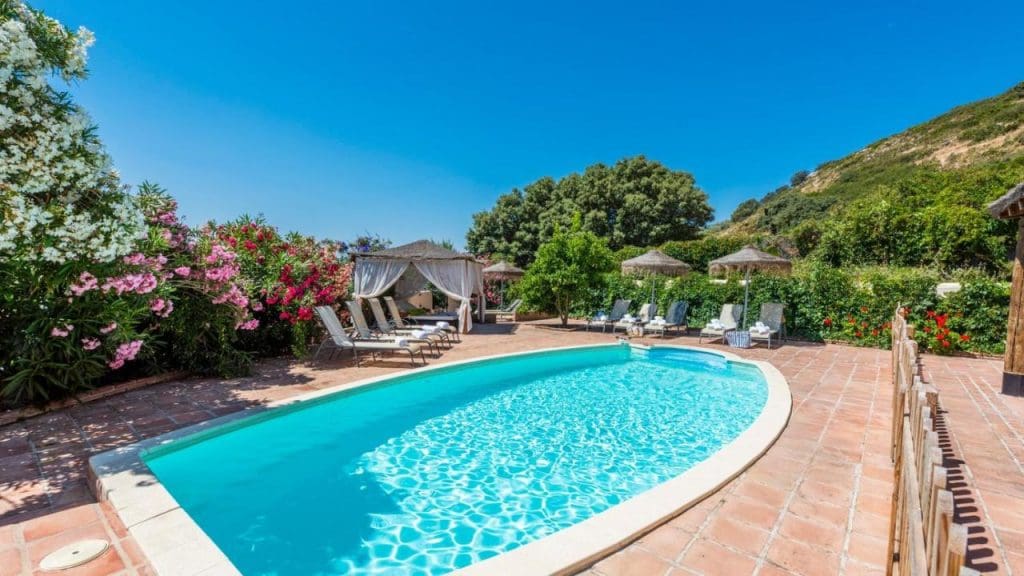
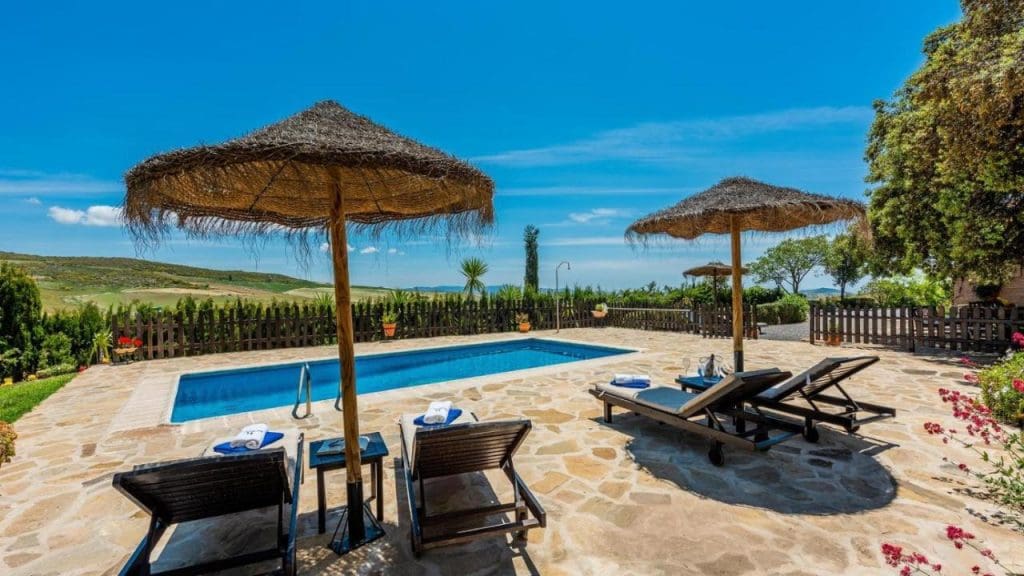
Houses with a pool in Antequera
Check out the offers and plan your trip to Andalusia!
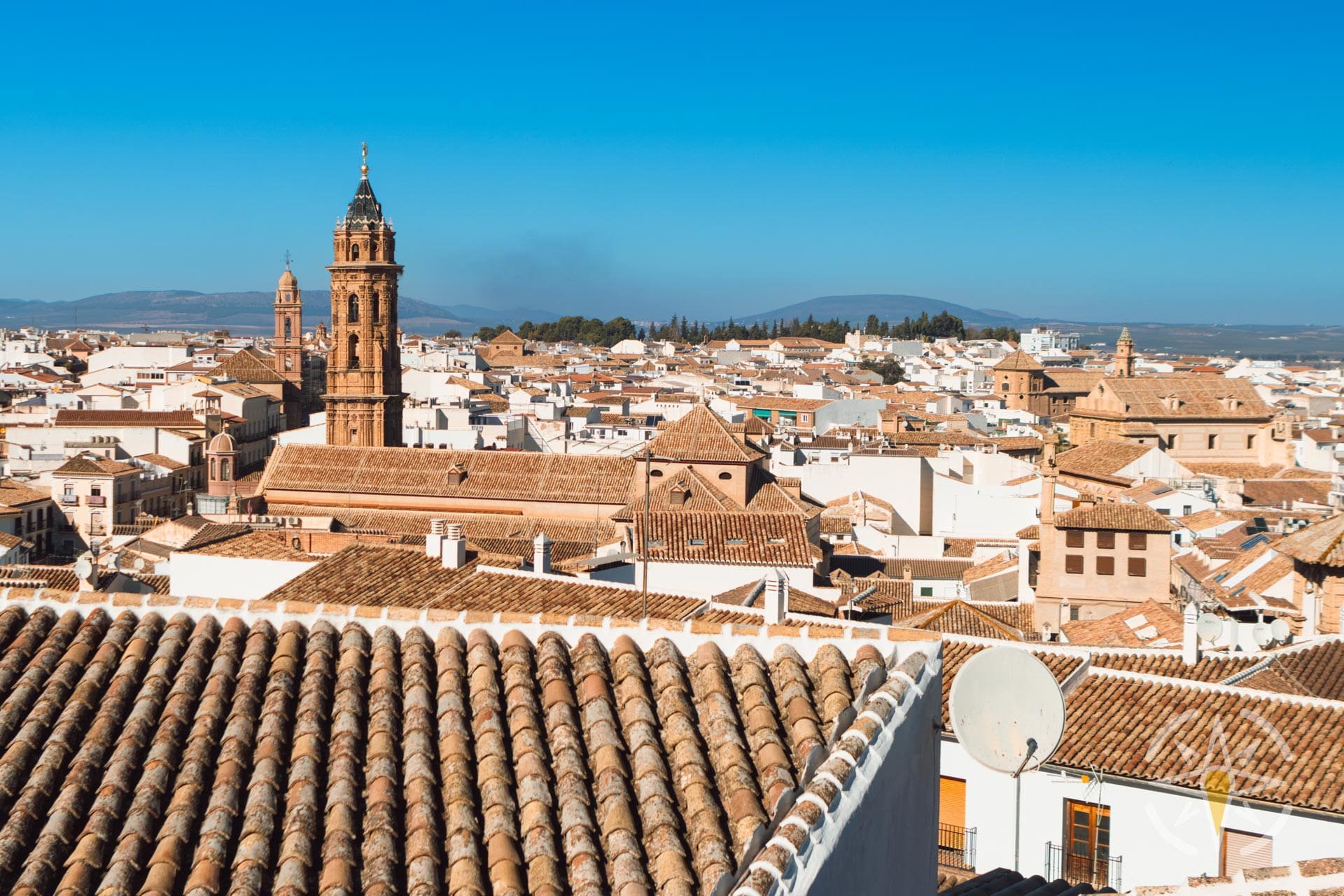
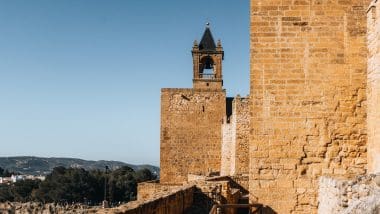
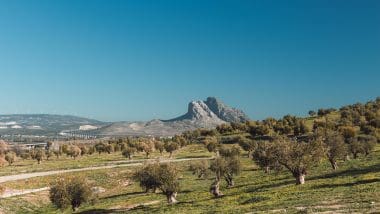
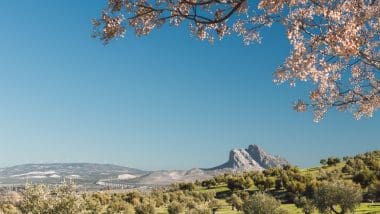
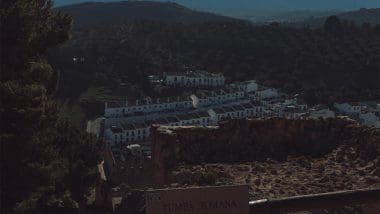
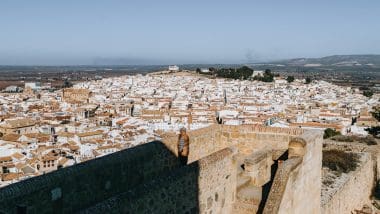
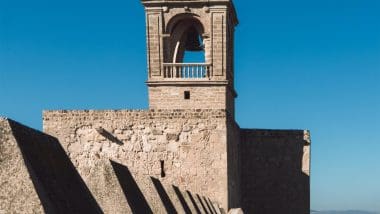
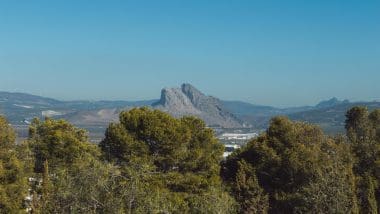
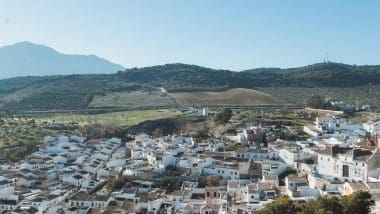
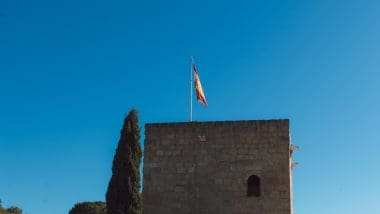
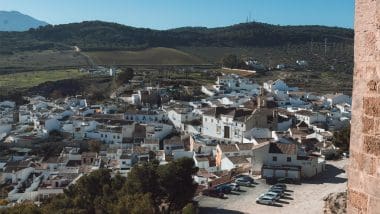
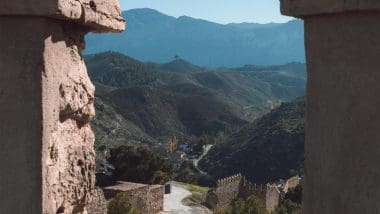
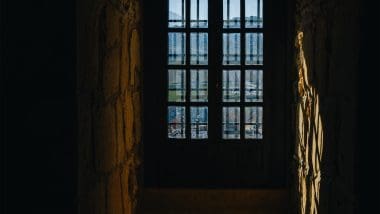
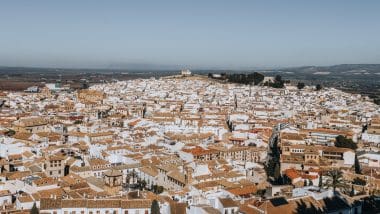
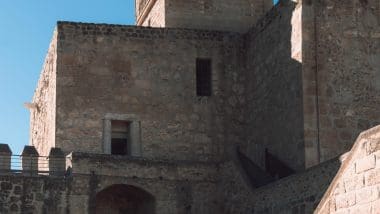
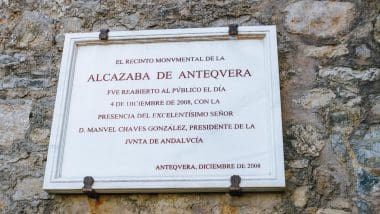
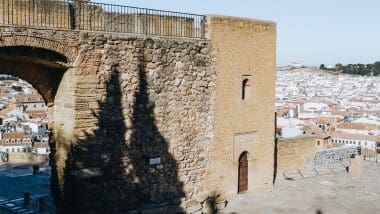
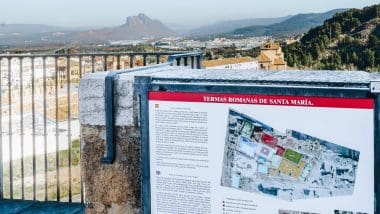
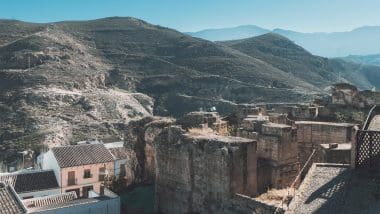
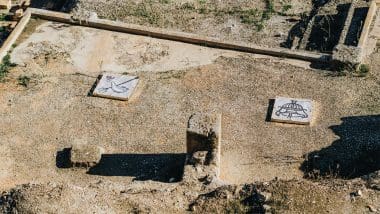
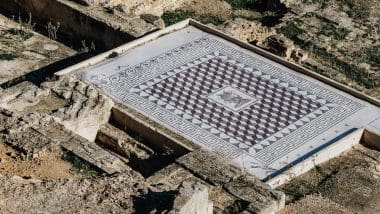
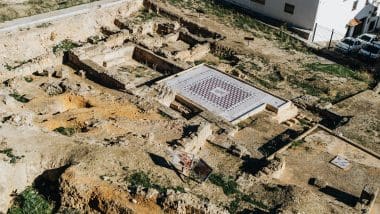
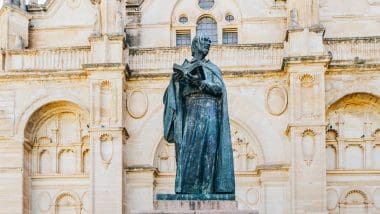
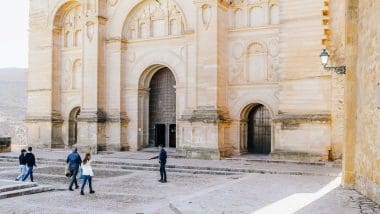
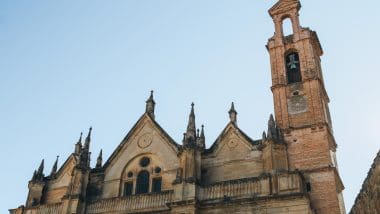
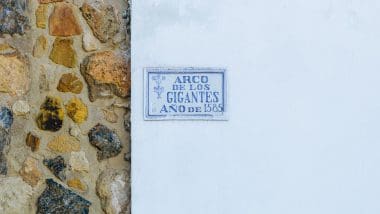
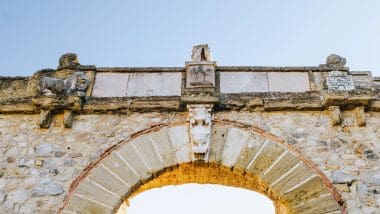
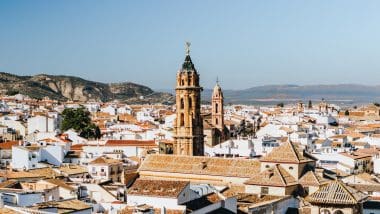
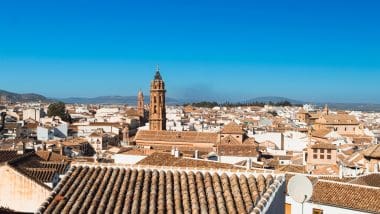
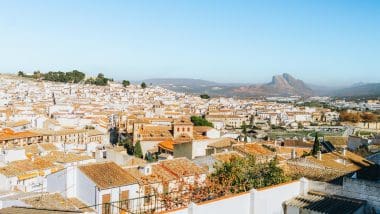
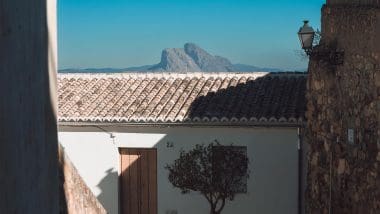
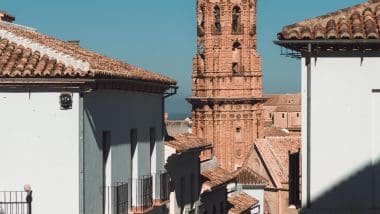
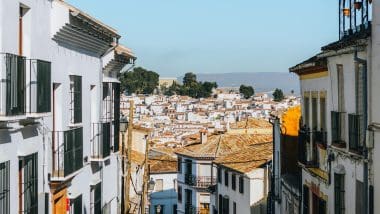
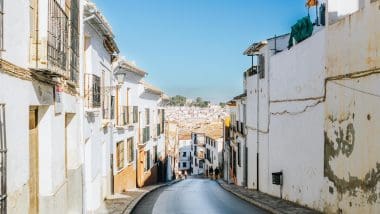
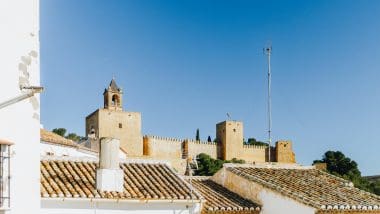
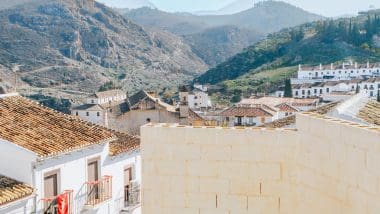
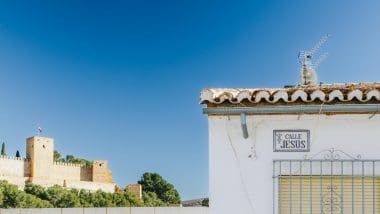
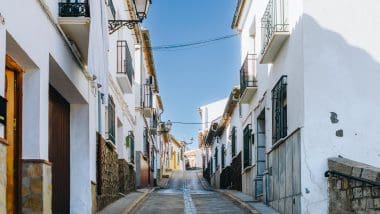
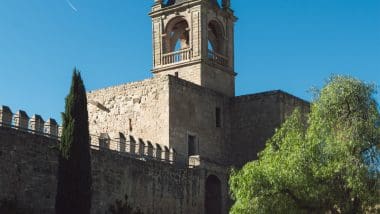
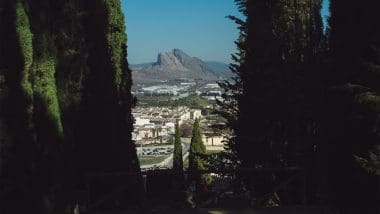
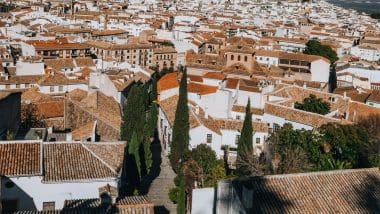
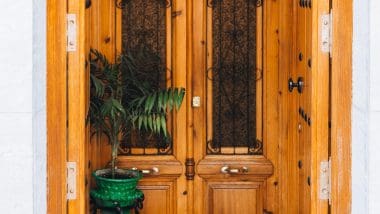
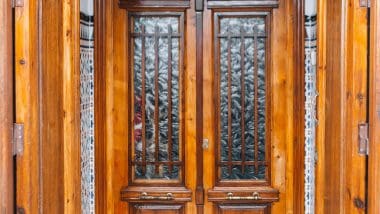
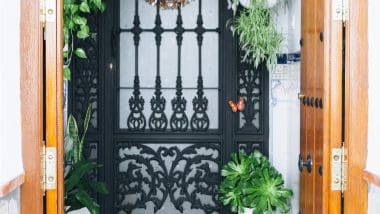
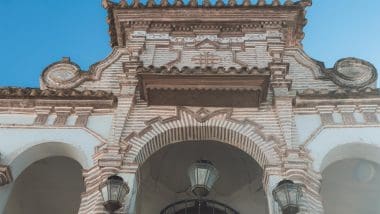
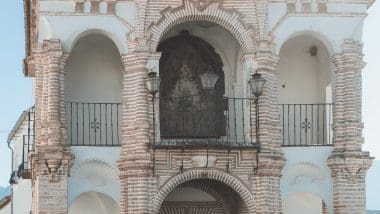
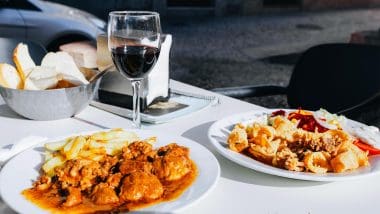
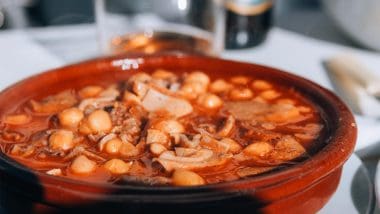
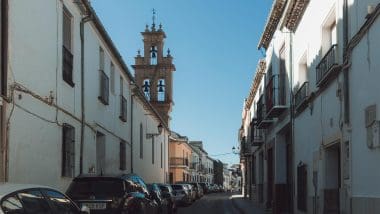
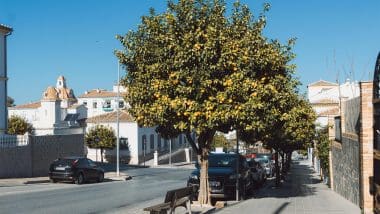
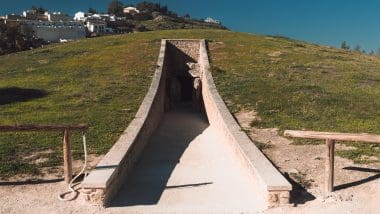
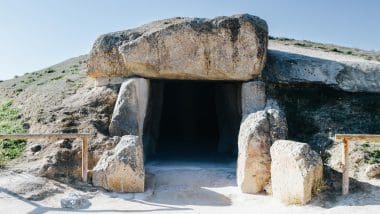
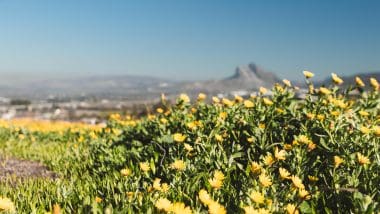
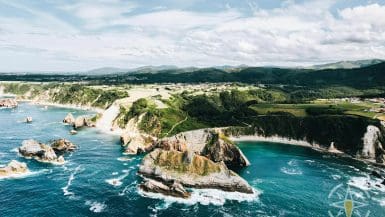
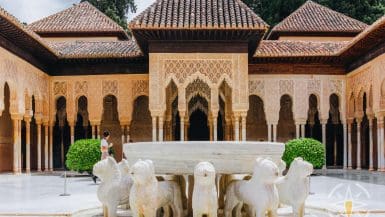
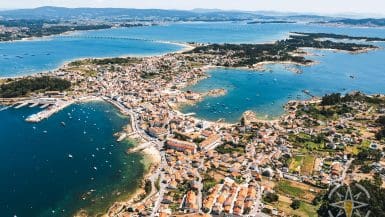
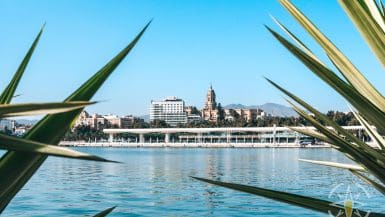
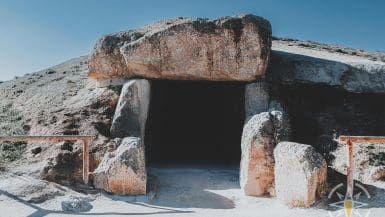
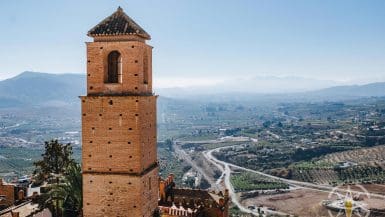
Leave a comment, ask a question...